The Hagia Sophia: A History of Faith, Power & Transformation in Istanbul
- Jenn & Leon

- Aug 14, 2023
- 11 min read
Updated: Jan 3
For nearly a thousand years, the Hagia Sophia served as the primary cathedral of the Eastern Orthodox Church.
It was considered the largest and most important church in the Christian world.

Its grandeur, elaborate mosaics, and architectural brilliance were, and still are, absolutely awe-inspiring.
This remarkable structure not only showcases the ingenuity of Byzantine architecture but also reflects the complex interplay of religion, politics, and art that has shaped the region.
In this post, we will explore the fascinating history of the Hagia Sophia, its architectural significance, and its enduring impact on both the local and global stages.
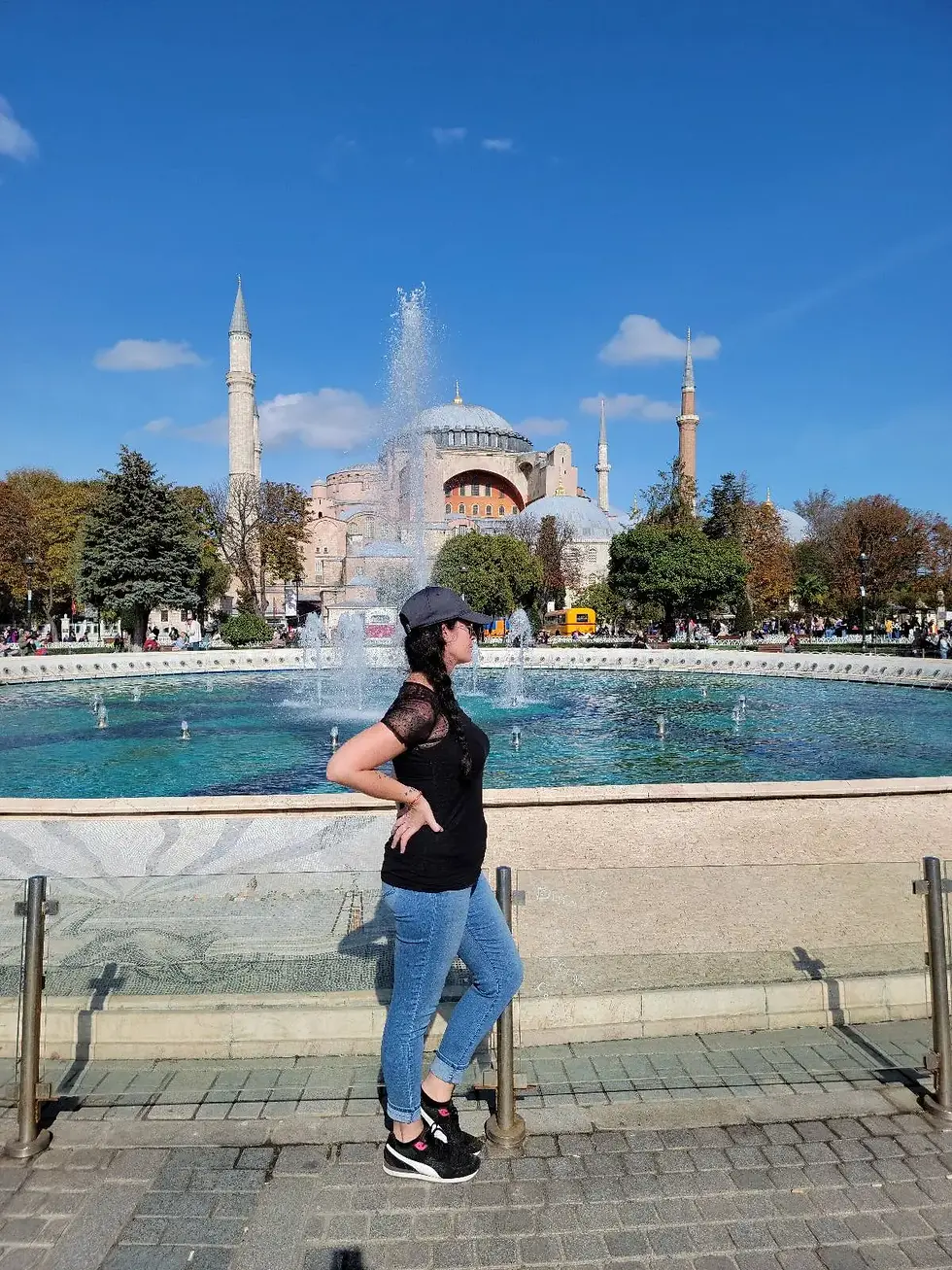
Our Hagia Sophia Highlights
One of the best ways to see a city is by walking, and Istanbul is a great place to do that! There is so much to see and do, and you never quite know what you will find.
That being said, it is very hilly, so be prepared for a serious workout!
The walk from Balat (where we were staying) to the Hagia Sophia was just under 5 km.
As full-time travelers, we are used to this kind of thing, so we were happy to walk, even though there is a wealth of transportation options that could have taken us there directly.

We walked through some pretty cool neighborhoods and enjoyed a great stop for lunch before finally making it to the Hagia Sophia.
Honestly, it may sound silly, but we did not realize that the Blue Mosque is pretty much directly opposite, so that was a good bonus!
We ended up going there first, before heading over to the Ayasofya.
It honestly feels like there is not much that can be said about this place that has not been said already.
The moment we stepped inside, it was like being transported to another world—not just back in time, but kind of like a different realm entirely.
The energy here is so powerful—the visual stimulation, the history, the purpose.

Not just a place of worship, this is a structure that has felt the life of billions walking through it over the last 1500 years.
That is just incredible.
We have always been drawn to historical places, and we both have a particular penchant for Roman architecture and history.
Even though we knew the Hagia Sophia was super old, neither of us knew that its construction stretched back to the dawn of Christianity within the Roman Empire.
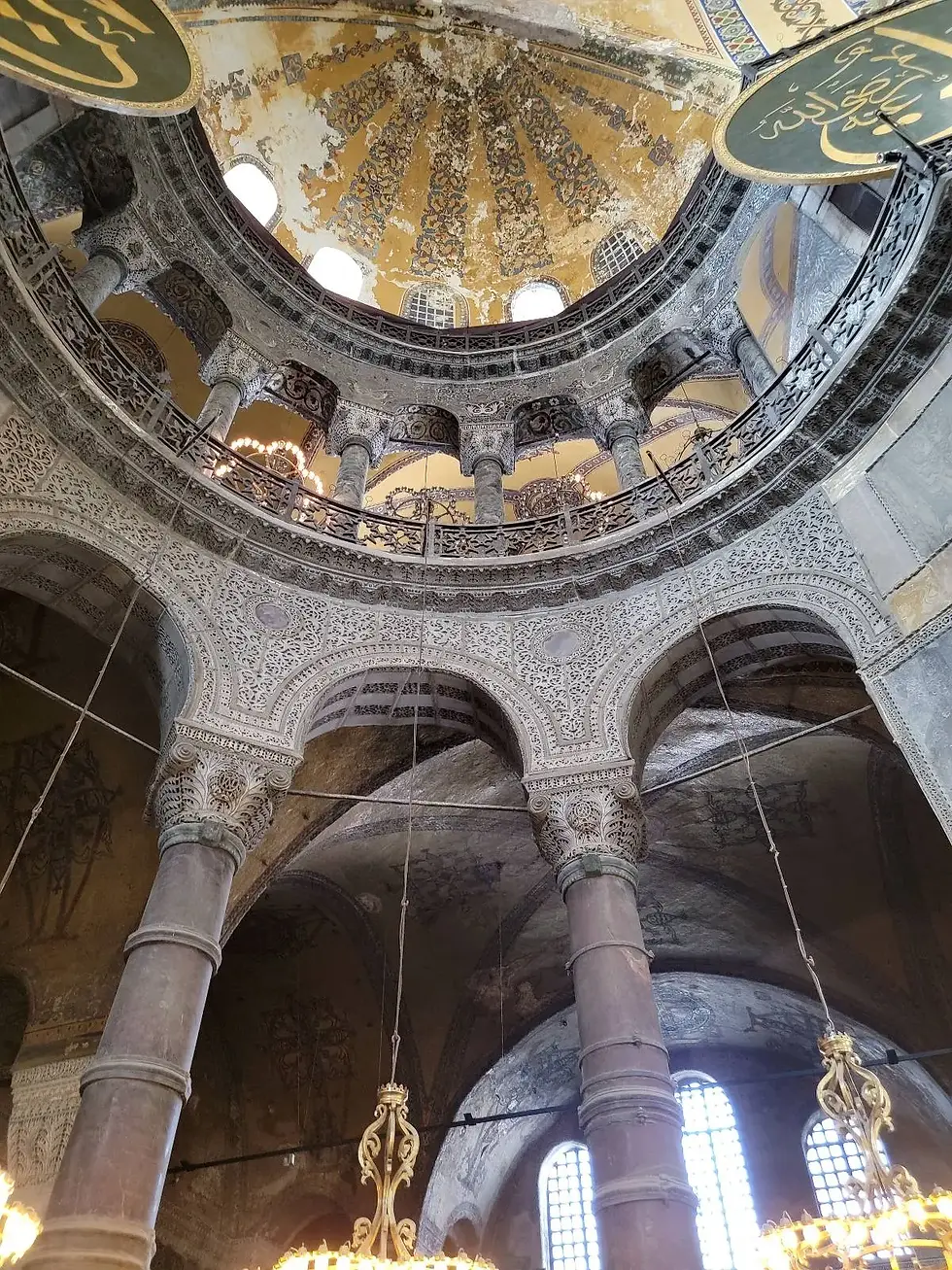
It is quite hard to comprehend that this was a church for almost a thousand years before being converted to its present form as a mosque.
That is perhaps the enduring allure of the Hagia Sophia, far beyond its purpose as a place of worship.
It is the convergence of two mighty faiths, the center point of conflict and conquest, and the archaeological marvel of its amazing design and construction that has withstood Mother Nature herself, let alone world wars.
This is a place that has drawn humanity for millennia and will continue to wander and amaze for another, no doubt.

We are most grateful to have had the opportunity to visit, to experience, and to feel this place.
Inside, standing beneath the earthquake-proof domes, littered with ancient frescos, was one of those moments you just don't forget. Period!
Whatever your faith, or even if you do not have one, the Hagia Sophia is a place that you cannot help but appreciate with marvel and allure.
We implore you to visit!
Read on for more on the astonishing history of the Hagia Sophia, along with some interesting facts, tips, and information to know before you go.

The Incredible History of the Hagia Sophia
The history of the Hagia Sophia in Türkiye is a fascinating and complex journey through various civilizations, religions, and cultural shifts.
The Hagia Sophia was commissioned by Emperor Justinian I of the Byzantine Empire and completed in 537 CE.
It was built on the site of two previous churches that had been destroyed.
The Hagia Sophia was an architectural marvel of its time, featuring a massive dome that was a pioneering engineering achievement.
Its design incorporated elements of both the Roman and Byzantine architectural styles.

In 1453, the Ottoman Empire, led by Sultan Mehmed II, conquered Constantinople (modern-day Istanbul) after a lengthy siege.
The city fell, and the Hagia Sophia was converted into a mosque.

The Ottomans made several modifications to the Hagia Sophia to suit its new purpose as a mosque.
Minarets were added, and Islamic features such as calligraphy and decorative elements were introduced.
Some of the original Christian mosaics were covered or removed. From this point, it remained unchanged in its primary use for almost 500 years.
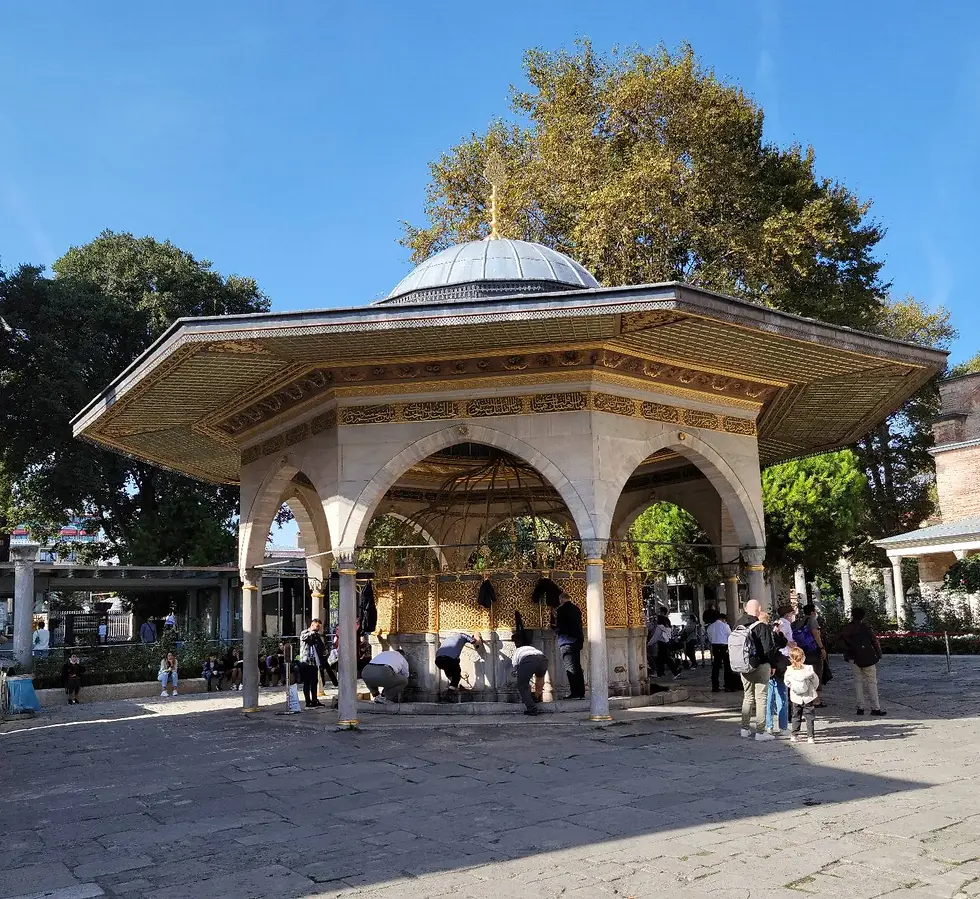
In 1935, following the establishment of the modern Turkish Republic by Mustafa Kemal Atatürk, the Hagia Sophia was converted into a museum.
This move was part of Atatürk's broader efforts to secularize Türkiye and emphasize its historical and cultural heritage.
During its time as a museum, restoration efforts were undertaken to preserve the Hagia Sophia's architectural and artistic treasures.
Visitors from around the world were able to explore its interior and appreciate its historical significance.

In July 2020, a Turkish court ruled that the Hagia Sophia's museum status should be revoked, and it should be reconverted into a mosque.
The Turkish government subsequently announced the reopening of the Hagia Sophia for Muslim prayers.
The reconversion sparked debates both within Türkiye and internationally, with concerns raised about the preservation of the Hagia Sophia's cultural and historical significance.
The move also raised questions about the balance between religious and secular values.

Throughout its history, the Hagia Sophia has borne witness to significant geopolitical changes, religious transformations, and cultural exchanges.
It remains an enduring symbol of Istanbul and a testament to the architectural and artistic achievements of multiple civilizations.
The complex history of the Hagia Sophia reflects the intricate tapestry of human civilization, and it continues to captivate and inspire people from around the world.
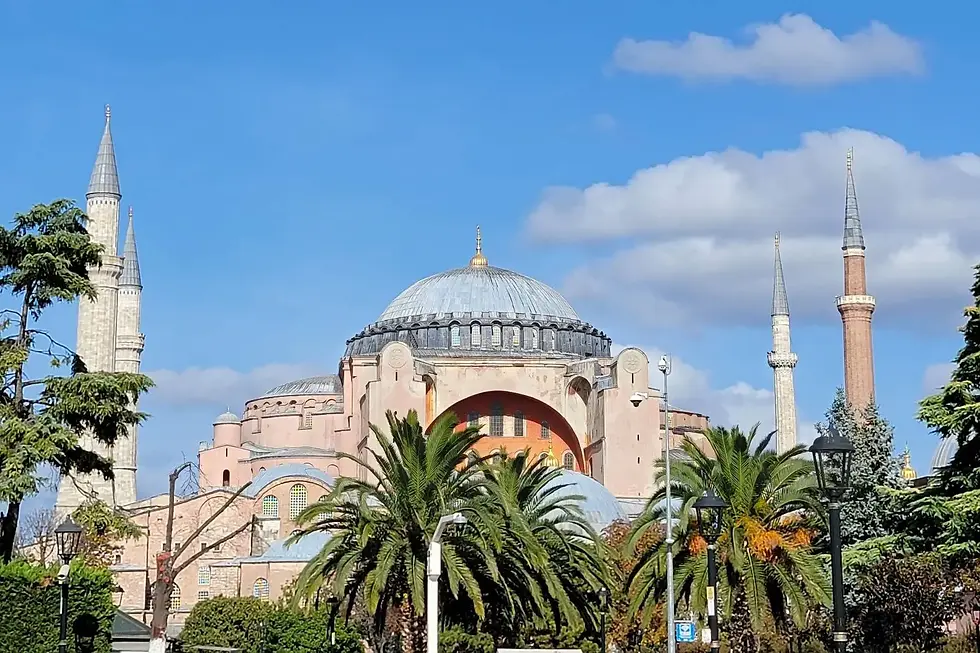
ADVERTISEMENT
5 Interesting Facts About the Hagia Sophia
1. Architectural Marvel
The Hagia Sophia's massive dome was a groundbreaking architectural achievement of its time.
It was considered the largest dome in the world for nearly a thousand years.
The dome's weight is distributed through a series of pendentives, which allow it to seemingly float above the space and create a breathtaking interior.
2. Mosaic Masterpieces
The interior of the Hagia Sophia was adorned with intricate mosaics depicting various religious scenes and figures.
These mosaics showcased remarkable artistry and craftsmanship.
Some mosaics were covered or removed when the building was converted into a mosque, but many have been preserved and restored.

3. Earthquake Survivor
The Hagia Sophia has withstood several earthquakes over its long history. One of the most significant earthquakes occurred in 989 CE, causing the original dome to collapse.
It was rebuilt by Byzantine architects and engineers, demonstrating their resilience and skill in architectural restoration.
4. Influence on Architecture
The Hagia Sophia's architectural innovations had a profound influence on subsequent mosque design in the Islamic world.
Its dome, use of pendentives, and grand scale inspired the development of Ottoman and other Islamic architectural styles.
Many mosques built after the Hagia Sophia exhibit design elements reminiscent of this iconic structure.
5. Historic Chariot Racing
In the early Byzantine period, the Hagia Sophia played a role in the city's famous chariot races.
The racecourse, known as the Hippodrome, was located near the Hagia Sophia.
Emperors and spectators would often gather at the cathedral's balcony to watch the races, making it a center of social and cultural activity.
What are the Entry Requirements for the Hagia Sophia?
There is no entrance fee to the Hagia Sophia, as it is a mosque now. However, you may donate if you wish.
In the past, the Hagia Sophia Museum had an entrance fee of 100 Turkish Liras.
However, this fee was waived in 2020 after the Hagia Sophia was converted back into a mosque.
⪢ Istanbul Travel Tip: Consider Taking a Tour
One of the most popular ways to explore Istanbul is with a guided tour. Skip the line for the Hagia Sophia, take a daytime cruise on the Bosporus, or enjoy a traditional Turkish bathhouse.
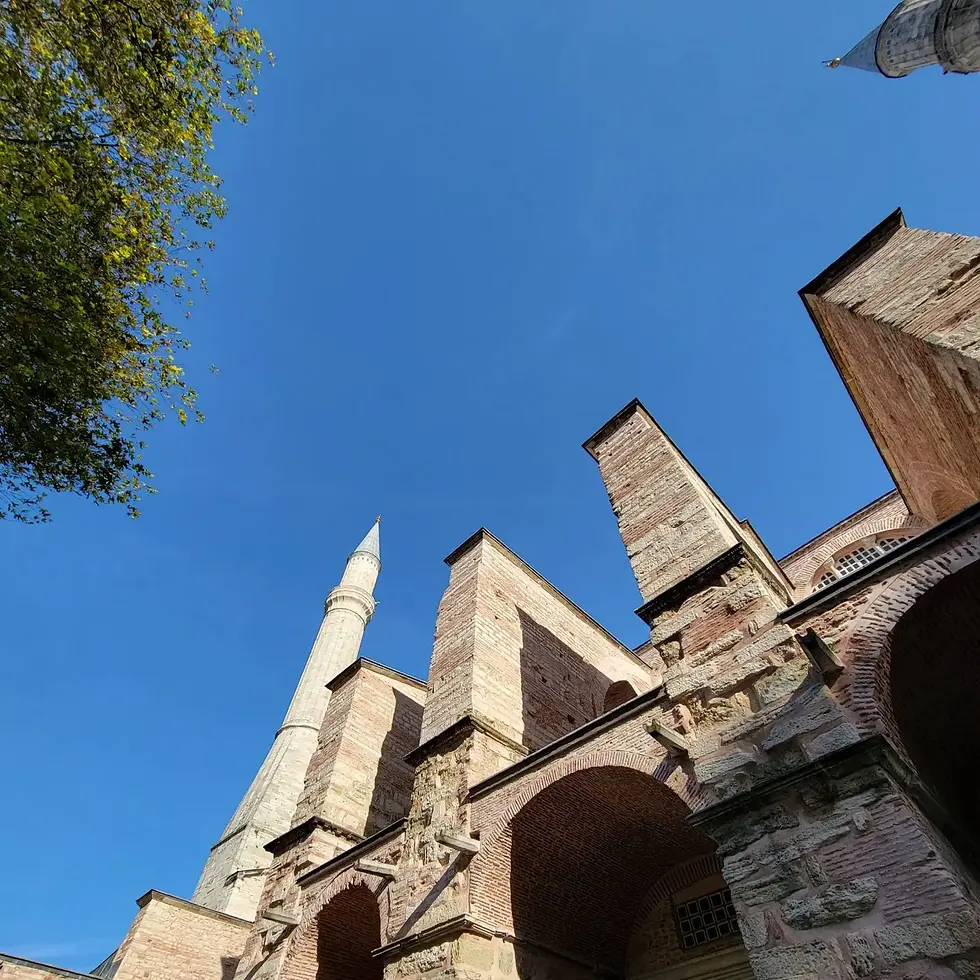
What are the Hagia Sophia Opening Times?
The Hagia Sophia is open to visitors from 9 am to 10 pm, 7 days a week. However, it is closed to visitors during prayer times:
● Fajr (dawn prayer): 3:30 am to 4:45 am
● Zuhr (noon prayer): 12:15 pm to 1:30 pm
● Asr (afternoon prayer): 4:00 pm to 5:20 pm
● Maghrib (sunset prayer): 6:50 pm to 8:10 pm
● Isha (night prayer): 8:30 pm to 9:50 pm
On Fridays, the Hagia Sophia is closed to visitors from 10 am to 2 pm for the Friday prayer. Visitors can enter the Hagia Sophia after 2 pm.
It is important to note that the Hagia Sophia can get very crowded, especially during peak tourist season.
If you want to avoid the crowds, we recommend visiting early in the morning or late in the evening.

How to Get to Hagia Sophia in Istanbul
To get to the Hagia Sophia in Istanbul, Türkiye, you have several transportation options depending on your starting point.
The Hagia Sophia is located in the Sultanahmet district, which is a central and historically significant area of the city.
Here are some common methods of transportation to reach the Hagia Sophia:
By Walking
If you're staying in the Sultanahmet area or a nearby neighborhood, you might find it convenient to walk to the Hagia Sophia.
It's a pedestrian-friendly area with many attractions nearby.
By Tour
Participating in a private tour or guided outing is a convenient choice, particularly if you want a stress-free experience.
Explore some top options in Istanbul, such as Dolmabahce Palace, Basilica Cistern, and the Hagia Sophia, with booking.com.
By Bike or Scooter
If you're an adventurous traveler, you might consider renting a bike to explore Istanbul. There are bike lanes and paths in certain areas of the city.
By Tram
Istanbul's tram system is a convenient way to reach Sultanahmet.
You can take the T1 line, which runs through major tourist areas.
The closest tram stop to the Hagia Sophia is "Sultanahmet," and from there, it's a short walk to the monument.
By Ferry
If you're staying on the Asian side of Istanbul, you can take a ferry across the Bosporus to the European side and then use public transportation or walk to the Hagia Sophia.
By Metro
You can use the Marmaray metro line, which connects both the European and Asian sides of Istanbul. Get off at the "Sirkeci" station and walk to Sultanahmet.
By Taxi
Taxis and ride-sharing services like Uber are widely available in Istanbul.
You can simply input "Hagia Sophia" as your destination and be dropped off at or near the site.
Car Rental
Whether you're planning scenic road trips or quick rides around town, renting a car or scooter can save time. Rentalcars.com helps you find the best deals from reputable providers.
⪢ Contact Information for Hagia Sophia
● Address: Sultan Ahmet, Ayasofya Meydanı No:1, 34122 Fatih/İstanbul, Türkiye
● Website:
● Phone: +90 212 522 17 50
Easily Find Hotels in Istanbul and Beyond
Looking for a place to stay nearby? Browse hotel deals near the Hagia Sophia below to find great rates for an overnight stay.
Our map offers a user-friendly interface that allows you to zoom in and out, providing a comprehensive view of the area and enabling you to identify the most convenient hotel options based on your current location or desired destination.

ADVERTISEMENT
Tips for Visiting the Hagia Sophia
Dress Modestly & Respect Local Customs
As a historic and religious site, the Hagia Sophia requires visitors to dress modestly and respectfully. Make sure your clothing covers your shoulders and knees. Women must cover their heads with a scarf or a hijab.
Cultural Sensitivity
Remember that the Hagia Sophia is a place of worship and cultural significance.
Be respectful of those who are there for religious reasons and maintain a quiet and considerate demeanor.
Weather Considerations
Istanbul's weather can be variable, so it's advisable to check the weather forecast before your visit.
Depending on the time of year, you might want to bring sunscreen, a hat, and sunglasses for sun protection, or an umbrella and a light jacket in case of rain or cooler temperatures.
Camera & Photography
Photography is typically allowed inside the Hagia Sophia, but there are restrictions on using flash.
Be mindful of other visitors and avoid disrupting their experience while taking photos.
Explore the Surroundings
The Hagia Sophia is located in the Sultanahmet area of Istanbul, which is rich in historical and cultural attractions.
Consider visiting nearby sites such as the Blue Mosque (Sultan Ahmed Mosque), Topkapi Palace, and the Basilica Cistern to make the most of your visit.
Crowds & Timing
The Hagia Sophia can get quite crowded, especially during peak tourist seasons.
Arriving early in the day can help you beat the crowds and enjoy a more peaceful and relaxed visit.

Check Out the Hagia Sophia on YouTube
This video takes us on a journey through the iconic Hagia Sophia Mosque and the Blue Mosque in Istanbul.
During our exploration, we wander the streets of Istanbul, savor some delectable traditional Turkish cuisine for lunch, stop by an extraordinary Turkish delight shop, and have dinner with an amazing view!
We conclude this incredible day with a late-night walk through the bustling food market in Istanbul's streets!
If you enjoy our video and want to follow more of our adventures, please like and subscribe!
Your support truly is invaluable to us, and we will always strive to produce the best content we can from around the world!
Our Experience Rating:
Hagia Sophia
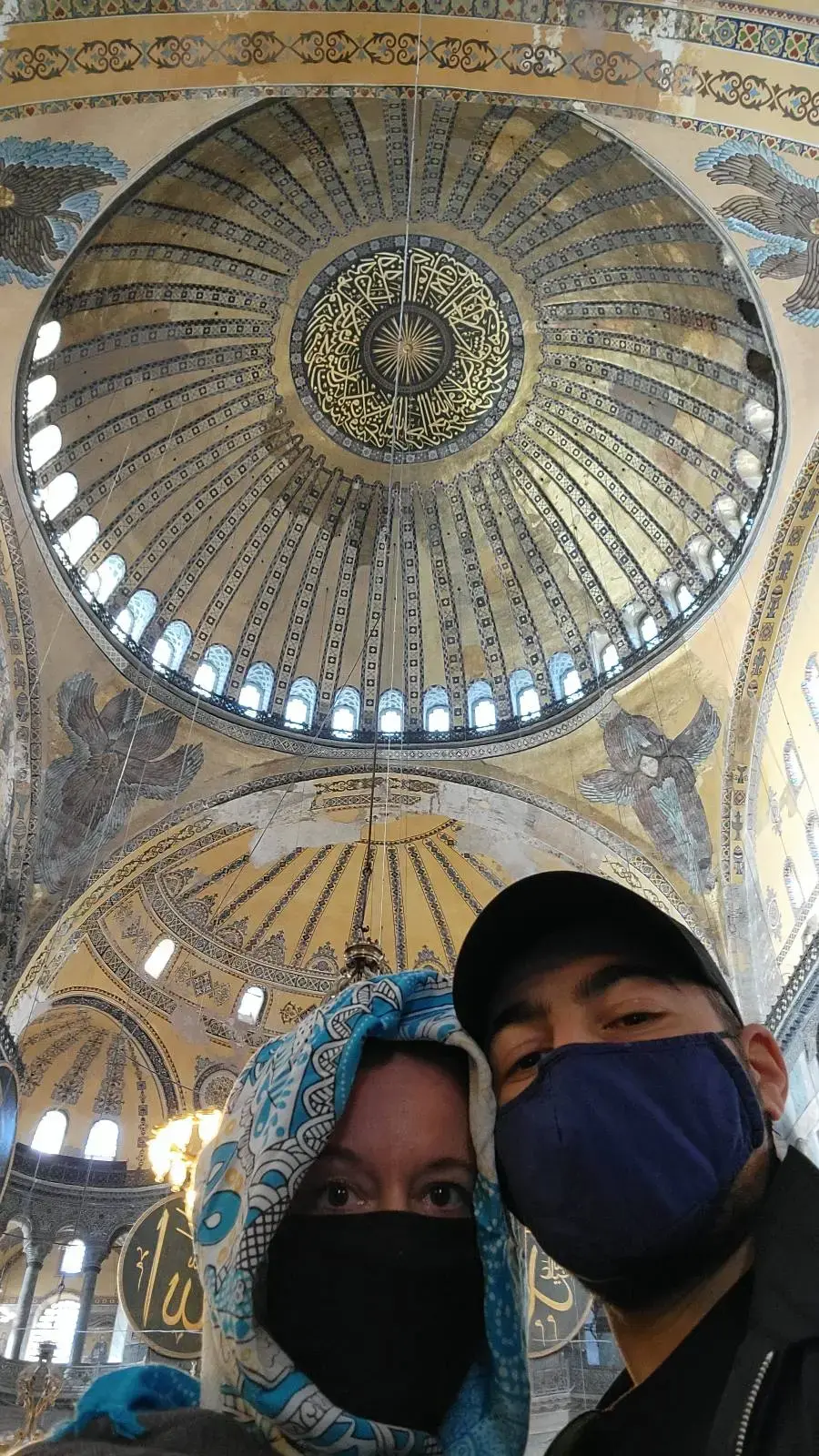
We have been to a fair few churches, cathedrals, and mosques in our time, traveling around the world.
Regardless of religious beliefs or values, the importance and significance of these incredible buildings and places of worship cannot be undervalued.
Of all that we have been to, the Hagia Sophia is by far the oldest and one of the most impressive, without doubt.
The incredible history and mind-blowing engineering of the Hagia Sophia is an experience that is just so unique.
Sitting beneath the dome and soaking up the atmosphere in such an immense space was something that touched us deeply.
We both have differing values in how we feel about the religious world, and the Hagia Sophia is a place where all of that comes together in a history crossing millennia (unbelievable in itself).
The two major faiths of the world converge here at a point that has brought about centuries of war and conflict and that now brings peace, tranquility, and togetherness.
That is the power of the Hagia Sophia; we felt it, and we are sure you will too.
FAQ: Hagia Sophia—Exploring Istanbul’s Icon of Empires
Where is the Hagia Sophia located?
Hagia Sophia sits in the heart of Istanbul’s Sultanahmet district, just across from the Blue Mosque and steps from the Basilica Cistern and Topkapi Palace. It’s part of the city’s Historic Peninsula, a UNESCO World Heritage Site.
What is Hagia Sophia’s historical significance?
Originally built in 537 AD by Emperor Justinian I, Hagia Sophia served as a Greek Orthodox cathedral, later a mosque under the Ottomans, then a museum, and now once again functions as a mosque. It’s an enduring symbol of Byzantine architecture and religious transition.
Is Hagia Sophia a mosque or a museum today?
Since 2020, Hagia Sophia has officially returned to mosque status, but it remains open to visitors of all backgrounds. Entry is free, though respectful conduct is expected during prayer times.
What are the opening hours?
Hagia Sophia is open daily but closed to tourists during Muslim prayer times. Mornings or early afternoons are best. There may be temporary closures for cleaning or ceremonies, so check ahead locally.
Is there an entrance fee?
No. Entry is free since it is now functioning as a mosque. However, donations are welcome, and modest dress is required—including head coverings for women (scarves are often provided).
Can you still see the Christian mosaics?
Yes, many of the Byzantine mosaics, including those of Jesus, Mary, and imperial figures, are visible, though some may be partially veiled during prayer hours or to respect Islamic practices.
Do you need to remove your shoes?
Yes, as with all mosques, shoes must be removed before entering the prayer area. Plastic bags are usually available at the entrance to carry your footwear.
Is Hagia Sophia suitable for children or non-religious visitors?
Yes. It’s a family-friendly and culturally enriching site. While it's a sacred place, visitors of all beliefs are welcome if they observe the rules and remain respectful.
How long should I plan for my visit?
Most visitors spend 45 minutes to 1.5 hours, depending on the time of day and crowd levels. Photography, quiet reflection, and admiring the blend of Islamic and Christian elements make the visit unique.
What else is nearby?
Within walking distance are:
● Blue Mosque
● Topkapi Palace
● Basilica Cistern
● Grand Bazaar (a short tram ride away)
This area is perfect for a half-day or full-day cultural itinerary.

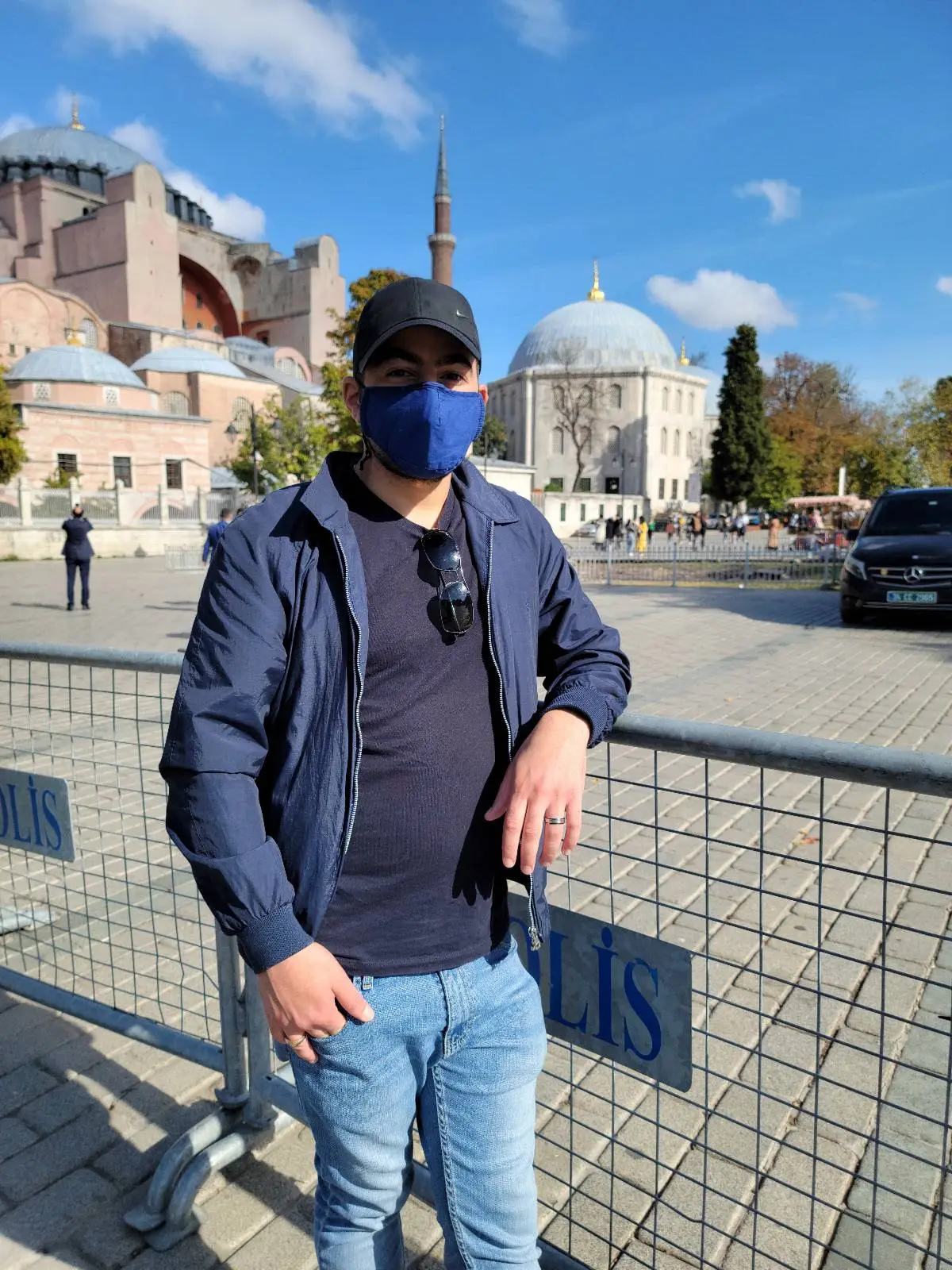
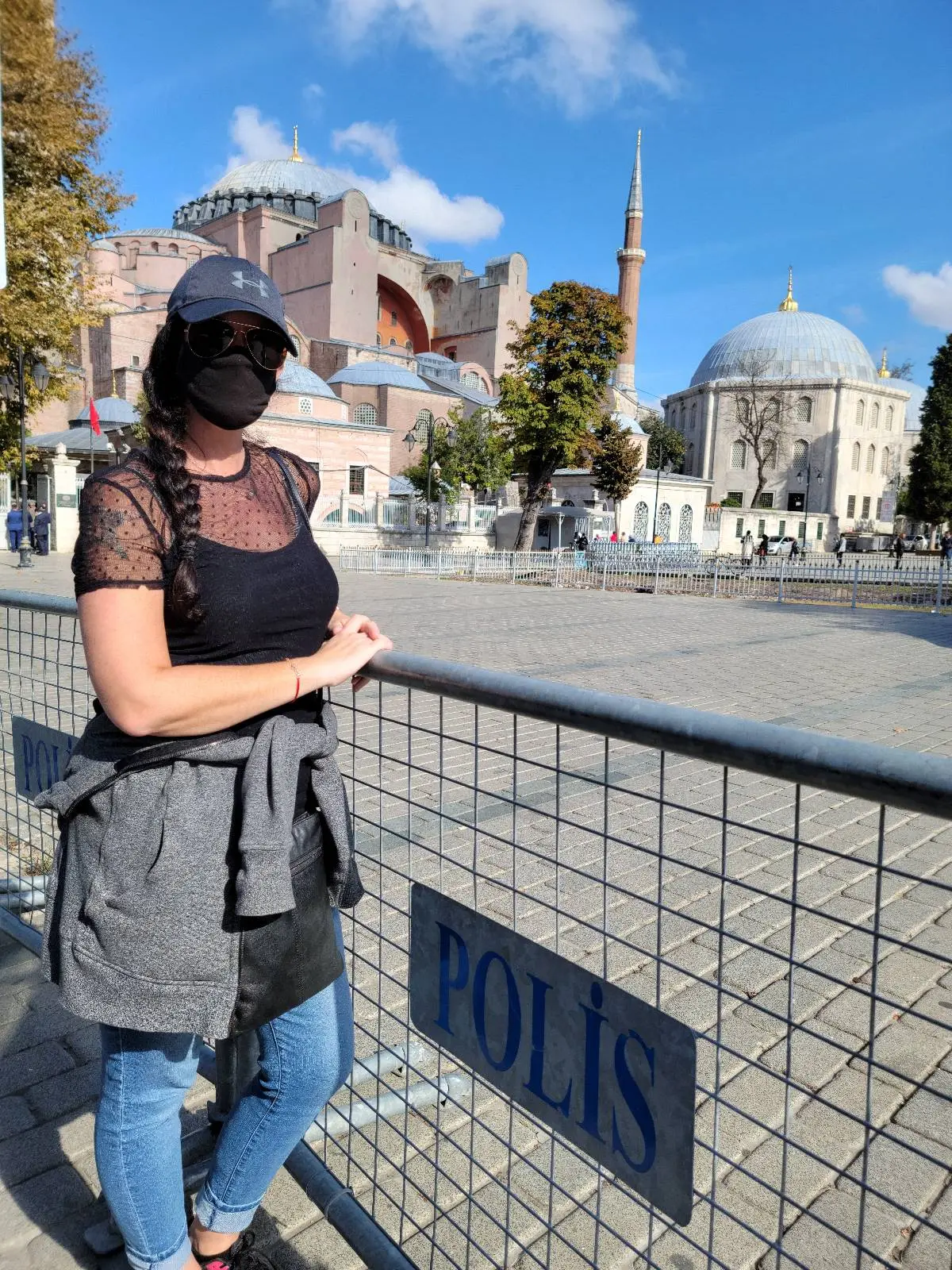
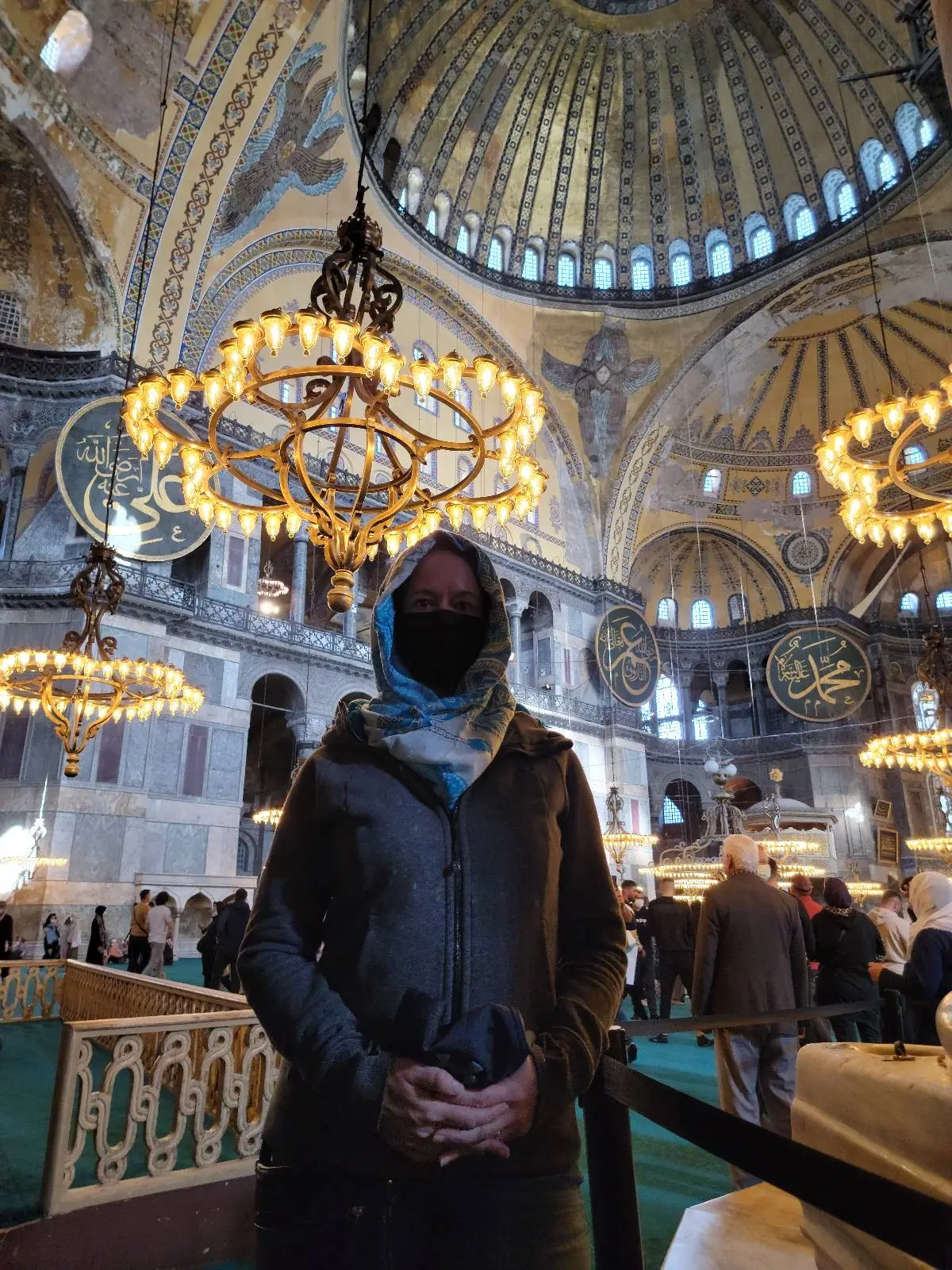
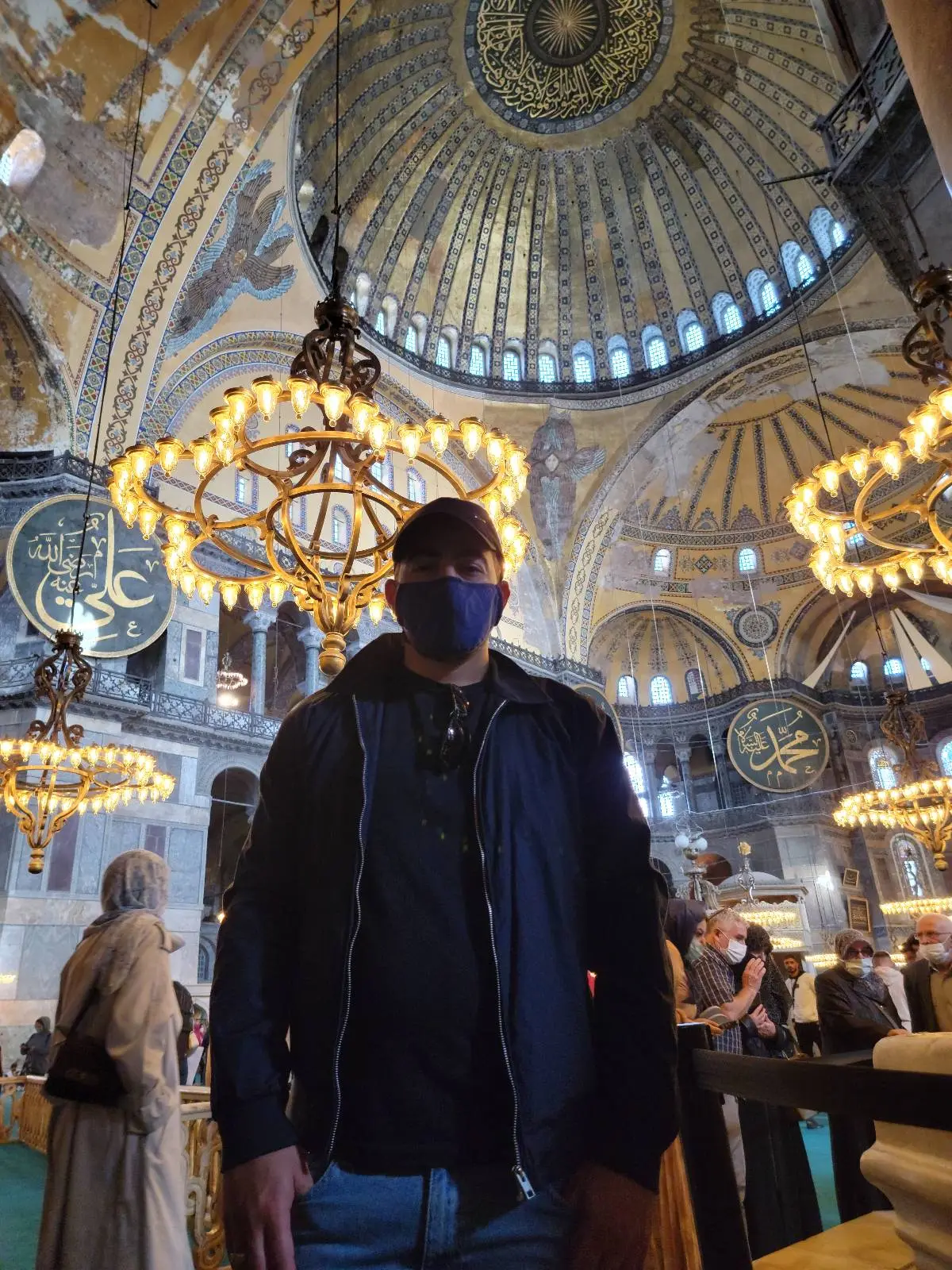
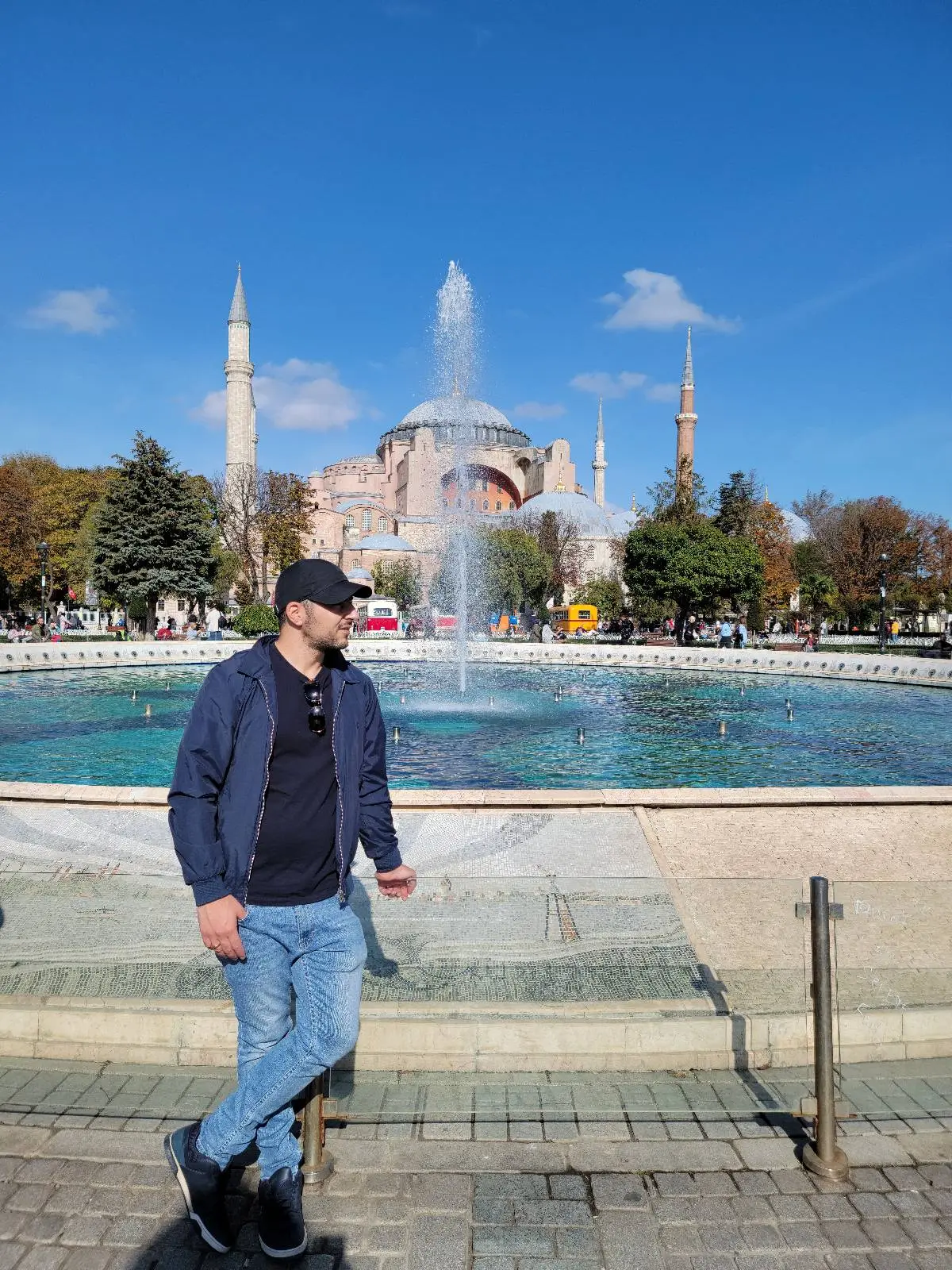
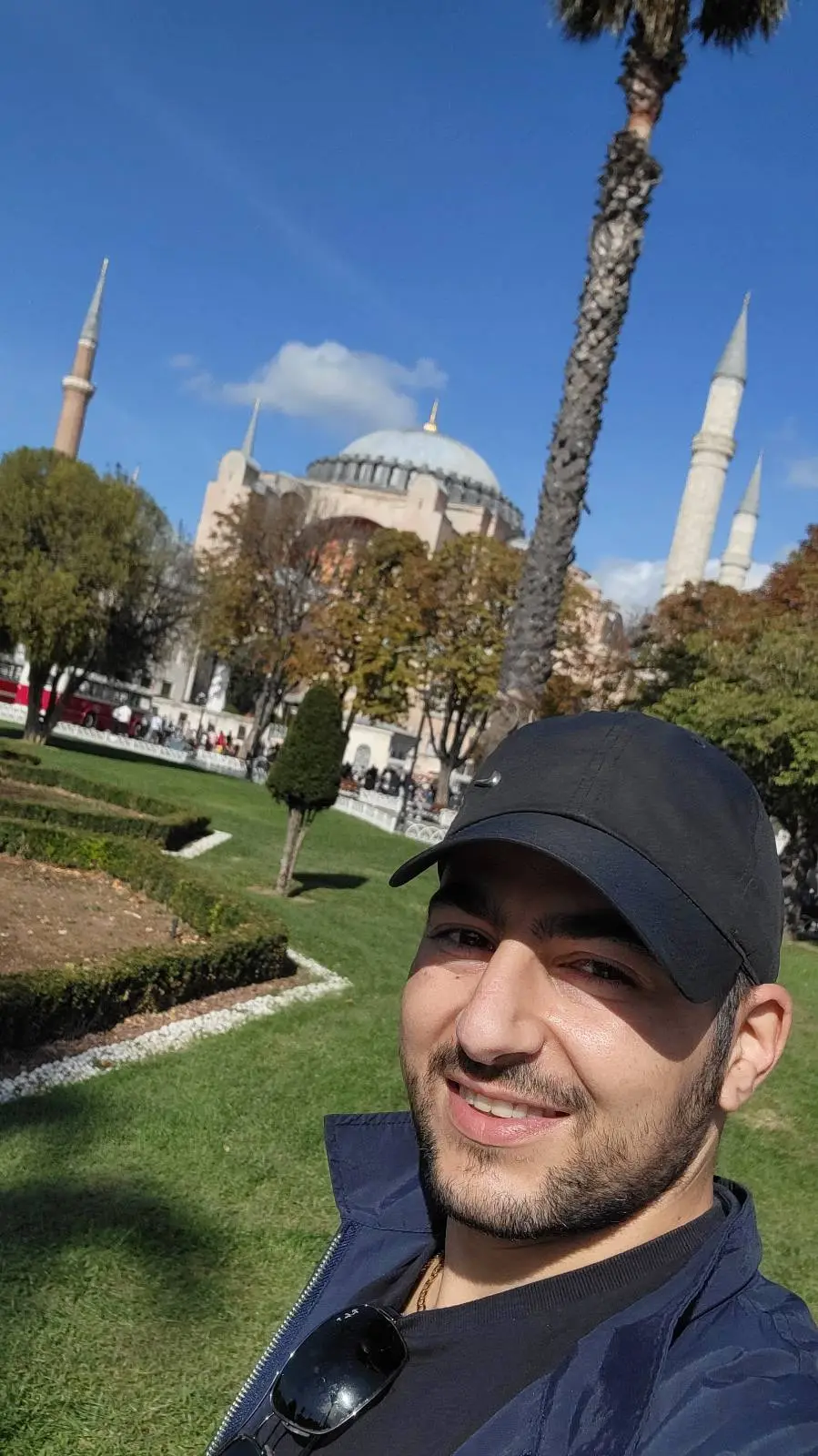






Comments